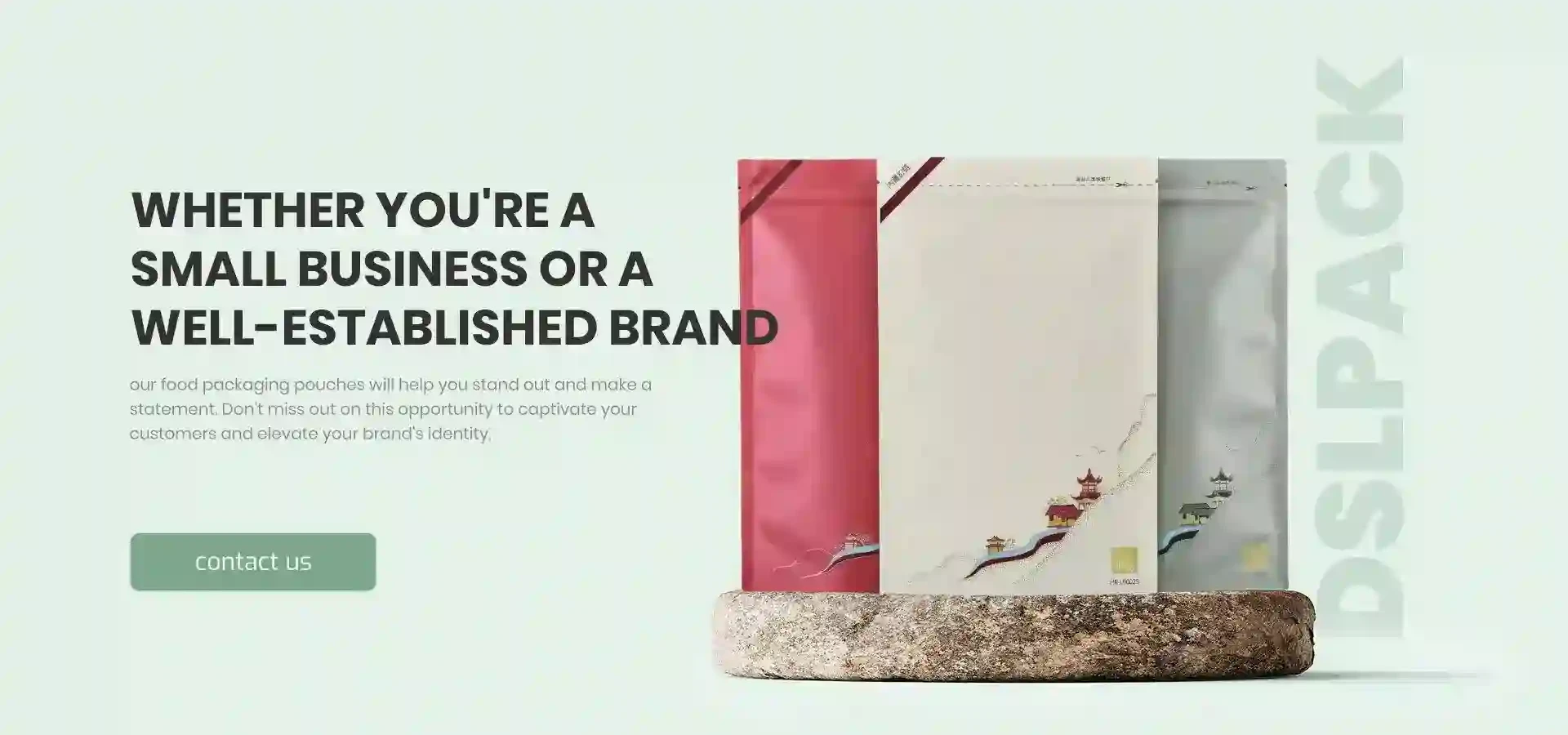- Afrikaans
- Albanian
- Amharic
- Arabic
- Armenian
- Azerbaijani
- Basque
- Belarusian
- Bengali
- Bosnian
- Bulgarian
- Catalan
- Cebuano
- chinese_simplified
- chinese_traditional
- Corsican
- Croatian
- Czech
- Danish
- Dutch
- English
- Esperanto
- Estonian
- Finnish
- French
- Frisian
- Galician
- Georgian
- German
- Greek
- Gujarati
- haitian_creole
- hausa
- hawaiian
- Hebrew
- Hindi
- Miao
- Hungarian
- Icelandic
- igbo
- Indonesian
- irish
- Italian
- Japanese
- Javanese
- Kannada
- kazakh
- Khmer
- Rwandese
- Korean
- Kurdish
- Kyrgyz
- Lao
- Latin
- Latvian
- Lithuanian
- Luxembourgish
- Macedonian
- Malgashi
- Malay
- Malayalam
- Maltese
- Maori
- Marathi
- Mongolian
- Myanmar
- Nepali
- Norwegian
- Norwegian
- Occitan
- Pashto
- Persian
- Polish
- Portuguese
- Punjabi
- Romanian
- Russian
- Samoan
- scottish-gaelic
- Serbian
- Sesotho
- Shona
- Sindhi
- Sinhala
- Slovak
- Slovenian
- Somali
- Spanish
- Sundanese
- Swahili
- Swedish
- Tagalog
- Tajik
- Tamil
- Tatar
- Telugu
- Thai
- Turkish
- Turkmen
- Ukrainian
- Urdu
- Uighur
- Uzbek
- Vietnamese
- Welsh
- Bantu
- Yiddish
- Yoruba
- Zulu
Creative Concepts for Custom Paper Bag Design and Branding Strategies
The Art and Science of Paper Bag Design
In an age dominated by consumerism and environmental concerns, the demand for sustainable packaging alternatives has spurred innovation and creativity in product design. Among these alternatives, the paper bag has gained prominence not only for its eco-friendliness but also for its versatility and aesthetic potential. The process of paper bag design combines artistic expression and practical functionality, allowing designers to craft bags that are visually appealing while serving essential purposes in various industries.
Historical Context
The history of the paper bag dates back to the 19th century when it became a popular substitute for cloth and leather bags. Initially designed for practical uses, these bags were primarily functional. However, as consumer culture evolved, the aesthetic aspect began to play a crucial role in packaging design. Today, paper bags are no longer just practical sacks; they have become a canvas for artistic expression and brand identity.
Material Selection
A fundamental consideration in paper bag design is material selection. Designers must choose from various types of paper, including kraft paper, recycled paper, and specialty papers with unique textures and finishes. Kraft paper is particularly popular due to its strength and recyclability, while recycled paper offers an eco-friendly option that appeals to environmentally-conscious consumers. Specialty papers, on the other hand, can add a touch of elegance and luxury, making them suitable for high-end products.
Aesthetic Appeal
The visual appeal of a paper bag is integral to its design. Elements such as color, typography, imagery, and patterns contribute to creating a captivating product. Designers often take into account the brand's identity, target audience, and current design trends. For instance, minimalistic design may attract young, eco-conscious consumers, while vibrant colors and playful graphics may appeal to a younger demographic.
Functionality and Ergonomics
paper bag designer

While aesthetics are vital, functionality must not be overlooked. A well-designed paper bag should be user-friendly and capable of holding various items without tearing. Designers consider the bag's size, shape, and handle type to ensure ease of use. Reinforced handles, for example, can enhance comfort and durability, allowing consumers to carry heavier loads without compromising the bag's integrity.
Eco-Friendly Practices
In recent years, sustainability has become a key focus in paper bag design. With increasing awareness of environmental issues, consumers are actively seeking eco-friendly alternatives. Designers often incorporate sustainable practices by using biodegradable inks, recyclable materials, and innovative production methods that reduce waste. By emphasizing these qualities in their designs, they not only appeal to environmentally-conscious consumers but also contribute to a larger movement towards sustainability in the packaging industry.
The Role of Technology
Advancements in technology have also influenced paper bag design. Digital printing techniques allow for high-quality graphics and intricate designs that were once impossible to achieve with traditional methods. This innovation has opened up new avenues for creativity, enabling designers to experiment with their ideas and bring them to life in exciting ways. Additionally, 3D modeling software allows designers to visualize their creations before production, streamlining the design process and ensuring a better end product.
Trends in Paper Bag Design
Current trends in paper bag design reflect broader societal shifts towards sustainability, uniqueness, and personalization. Many brands are now opting for custom designs that reflect their ethos and resonate with their customer base. Vibrant colors, eye-catching patterns, and personalized messages are becoming more common, transforming common paper bags into powerful marketing tools. Eco-conscious brands are also increasingly incorporating biodegradable materials and implementing strategies that aim to reduce the overall environmental impact of their packaging.
Conclusion
The art and science of paper bag design encompass a blend of creativity, functionality, and sustainability. As consumer preferences continue to evolve, designers must adapt their approaches to create bags that not only meet practical needs but also resonate aesthetically with their audience. By prioritizing eco-friendly practices and embracing technological advancements, the future of paper bag design promises to be innovative and inspiring, reflecting a growing commitment to sustainability while maintaining a strong artistic vision. Ultimately, the humble paper bag has transcended its original purpose, becoming a powerful vehicle for brand expression and environmental consciousness.













